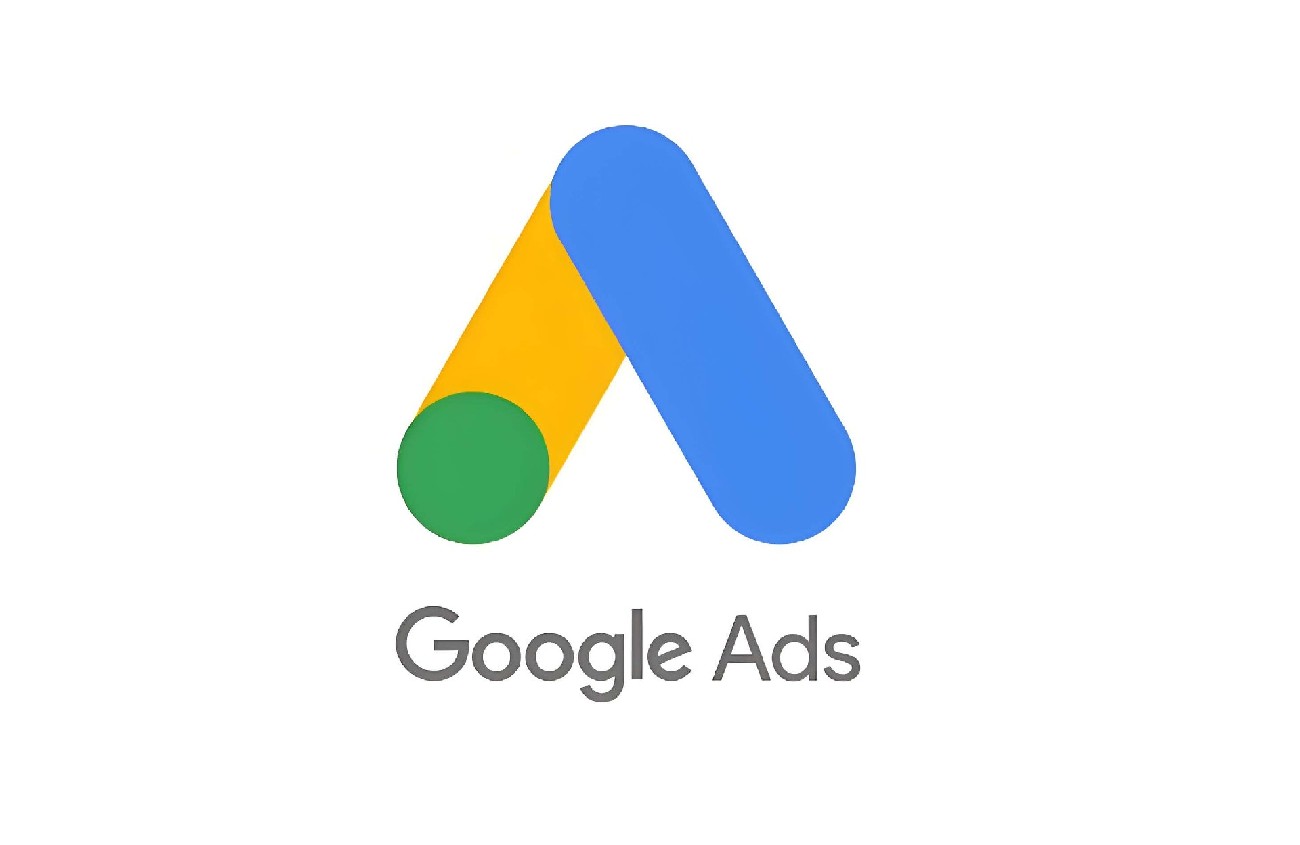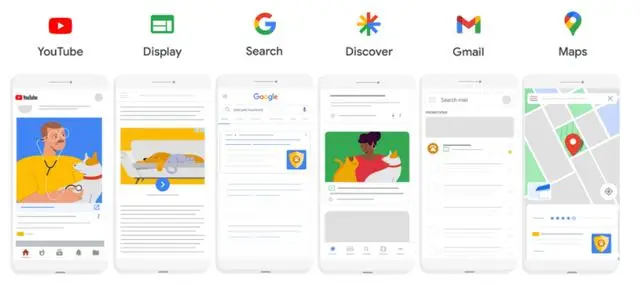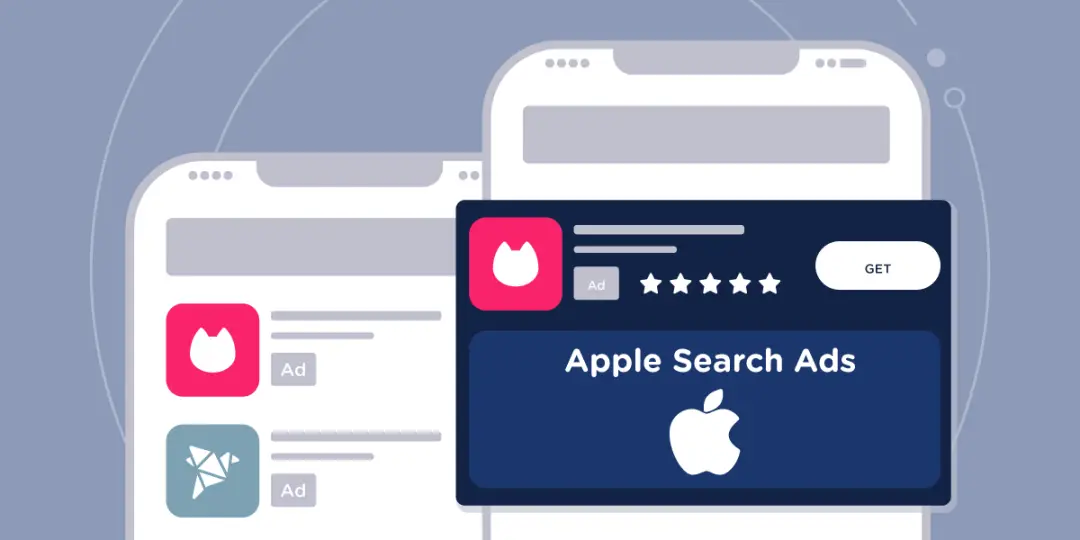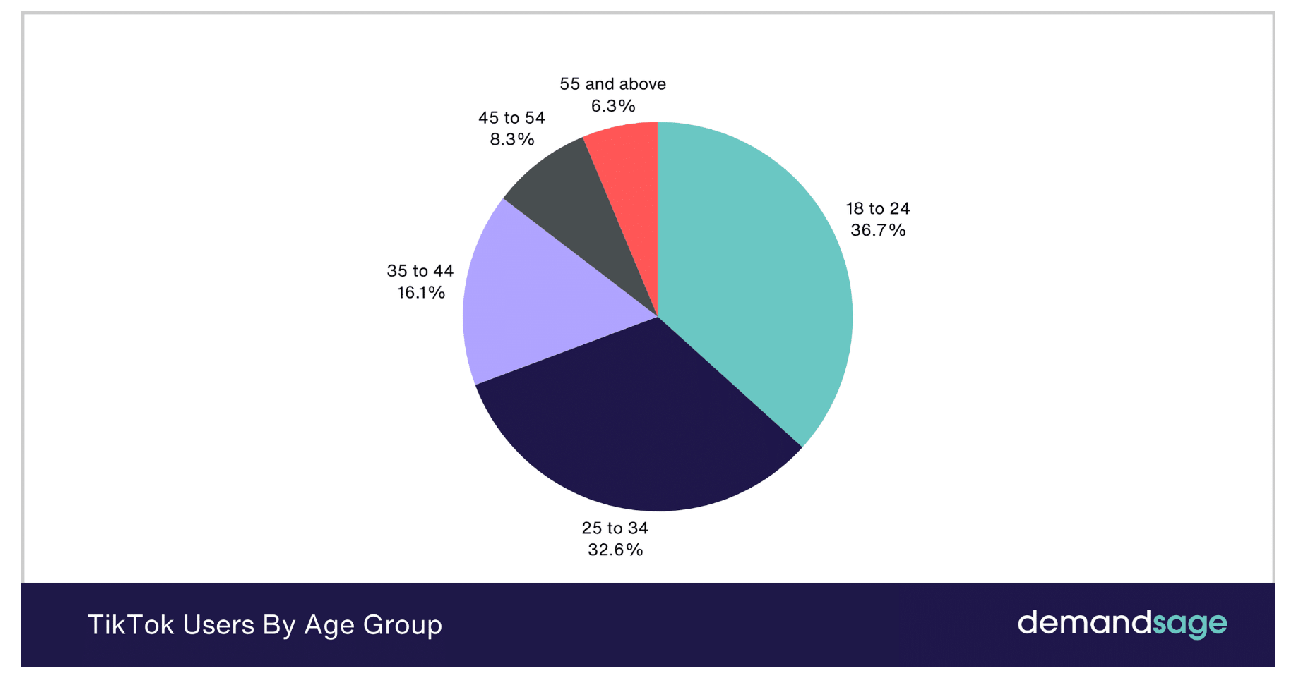Unlock the secrets to Google Ads success with a comprehensive breakdown of strategies from cold start to high conversion. Learn how to build a marketing funnel and optimize Google Ads campaigns to drive growth for your independent brand website, maximize ROI, and expand your reach efficiently.

1. Investing in Google Ads: Igniting Your Brand Growth Engine
Google Ads is an essential tool in the marketing of foreign trade websites, acting as a sword that cuts through the competitive environment to drive growth. Before diving into Google Ads, it's crucial to understand its various types, such as Search Ads, Display Ads, Video Ads, and Shopping Ads, and choose the right one based on your website’s positioning and target audience. Advertising strategies differ by stages, from cold start to a growth plateau, and each phase requires careful planning.
Should You Use Google Ads?
In the fiercely competitive foreign trade market, Google Ads serves as a highly effective channel to quickly gain exposure and drive traffic. It allows precise targeting of potential customers and adjusts strategies according to your marketing goals, making it a key step for independent and brand websites to break through and expand.
2. Precision Targeting: Mastering Google Ad Types
Google Ads offers a variety of ad formats, including Search Ads, Display Ads, Video Ads, and Shopping Ads, each catering to different marketing goals such as brand awareness or direct sales. Understanding each ad type’s characteristics is crucial for creating a campaign that fits your brand’s development stage.

Google Ad Types:
Search Ads: These text ads appear in Google search results when users search for specific keywords. The advantage lies in its targeted nature, helping advertisers increase sales, generate leads, or drive traffic to their websites.
Display Ads: These image and text ads are shown across the Google Display Network, reaching over 90% of internet users. Google’s machine learning algorithms place these ads in the most relevant positions at the right times.
Demand Gen Ads: An upgraded version of discovery ads, helping advertisers tap into latent demand and deploy effective ad placements.
Video Ads: These ads are displayed on YouTube videos and Google Video Partners’ sites and apps.
Shopping Ads: Particularly effective for B2C businesses, Shopping Ads showcase product images, names, prices, and shop information.
Pmax (Performance Max) Ads: The newest smart ad format that covers multiple platforms like YouTube, Google Search, Display Network, and Gmail.
Each ad type serves different purposes, allowing advertisers to choose the most suitable format for their goals and audience.
3. Stage-Specific Ad Strategies for Independent Website Growth
Throughout the different stages of an independent website’s growth, the ad strategies need to adapt to the brand’s goals, target audience, and market conditions. Here are stage-based ad strategies:
Cold Start Stage: Focus on quickly attracting target audiences’ attention and building brand awareness.
Target precisely through thorough understanding of your audience’s needs and behaviors.
Test different ad creatives and formats.
Optimize under limited budget constraints.
Stable Growth Stage: With brand awareness established, the goal shifts to expanding market share and improving conversion rates.
Expand keywords and targeting.
Continuously optimize ad copy and creatives.
Diversify advertising channels.
Declining Performance Stage: Analyze performance drops and take corrective measures.
Perform in-depth data analysis.
Refresh ad creatives.
Optimize platforms and channels.
Reboot Stage: Redefine strategies and audiences based on market shifts.
Reassess target audiences.
Redesign ad plans.
Continuously optimize based on real-time data.
4. Marketing Funnel Strategy for Brand Websites
Awareness Stage: Leverage Google Display Network and video ads to boost brand exposure.
Interest Stage: Use Search Ads and content marketing to direct users to your site, providing valuable content to increase interest.
Consideration Stage: Combine Shopping Ads with product reviews to showcase your products’ strengths.
Action Stage: Optimize the shopping process and use remarketing strategies to recover abandoned carts and increase conversion.
Loyalty Stage: Use email marketing and social media to strengthen customer loyalty and encourage repeat purchases.
5. Google Ads Requirements for Website Content
Google Ads places significant emphasis on user experience, and website quality is paramount. Key requirements include:
Loading Speed: Fast loading websites improve user experience and ad performance. Use methods like image compression and CDN optimization.
Content Quality: High-quality, relevant content attracts and retains users. Ensure your website aligns with the ad’s messaging and keeps content fresh and engaging.
Website Structure: A clear site structure enhances navigation and user experience. Responsive design is essential for mobile access.
User Experience: Provide user-friendly interfaces, interactive features, and ensure compliance with Google’s policies and standards.
Mobile Optimization: With mobile devices becoming increasingly dominant, ensure your website delivers an excellent mobile experience.
Website Security: Use HTTPS for encrypted communication and regular security checks.
6. KPI Design for Ad Teams
KPI Assessment: Focus on ROI as the core, supported by conversion rates, CPA (Cost Per Action), and campaign contribution.
Strategy Adjustments: Regularly review KPIs and adjust based on market feedback.
Team Motivation: Design rewards that balance short-term goals, such as daily conversion targets, with long-term goals like brand visibility, to stimulate team performance.
By meeting Google Ads’ requirements and continuously optimizing your strategy, your campaigns can drive significant results and enhance both user experience and ad performance.




